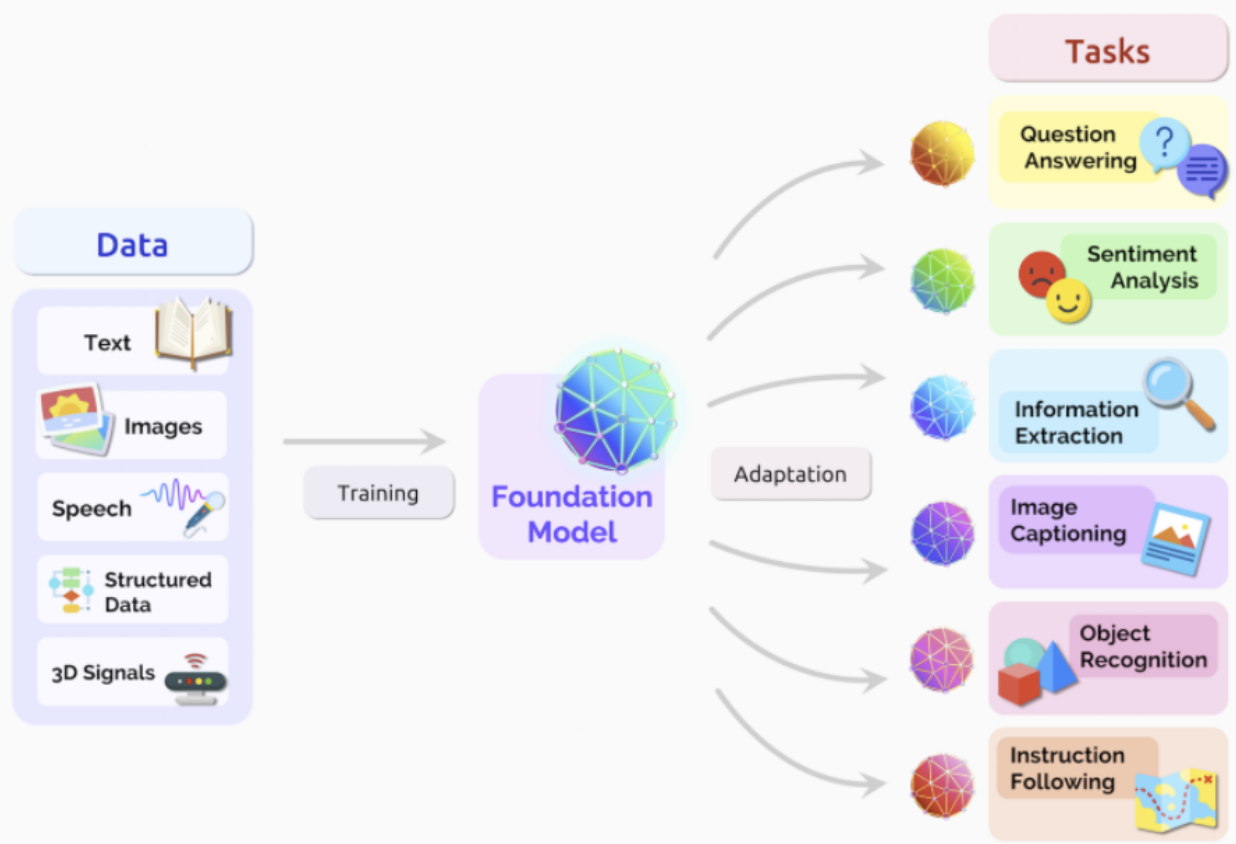A new frontier in human-machine collaboration
By Tia Reddy ’26
The creation of ChatGPT, OpenAI’s generative language model, has sparked yet another controversy after the Authors Guild, including Game of Thrones’ George R.R Martin, filed a class-action lawsuit against Open AI. The writers, whose livelihood depends on creativity, claim that their works were subject to “idea theft on a mass scale,” piracy, copyright infringement, and “reasonable” licensing fees. This lawsuit sets a precedent in human-machine collaboration work and how large corporations can use or misuse a human’s creative work and hard-earned skills. As we delve deeper into the gray area of generative Artificial Intelligence, the question arises about who gets how much credit for an end product between humans and AI. This case will set the tone for future human-machine collaboration work. It does not matter whether it was from naive ignorance or from flagrant violation of rules, OpenAI must be held culpable.
ChatGPT’s Large Language Model (LLM) scours through extensive databases to respond to prompts from users. These databases include pirated books from unauthorized sources and shadow libraries like LibGen. The problem is that through these illicit databases, OpenAI avoided the licensing fees and likely violated Copyright laws. The Copyright Act of 1976 protects an author’s works from use without consent, credit, or a license for life plus 50 years after the death of the author.
By “Idea theft on a mass scale,” the authors claim that the LLM outputs mimics, paraphrases, and summarizes their works. Every human storyteller and inventor has drawn inspiration from past works of creativity. Shakespeare is said to have drawn inspiration for Hamlet from Amleth of Gesta Danorum by Saxo Grammaticus. The difference between inspiration and plagiarism is a fine line, something school children are taught starting in grade school. While ChatGPT’s algorithms are trained not to copy word for word, they often paraphrase and do not accurately cite the sources. ChatGPTs’ inability to accurately cite and credit the writers exploits their work. It does not know the clear boundary between inspiration and plagiarism yet. When asked to define plagiarism, ChatGPT states, “Plagiarism is the act of using someone else’s words, ideas, or creative work without proper attribution or permission and presenting it as one’s own.” Is that not exactly what OpenAI does?
Without the hard work and original works of the writers, Open AI would not have existed, and ChatGPT could not have repurposed its work for users. If left unchecked, Open AI’s failure to acknowledge and compensate writers’ original works will remove the incentive for generations of future writers to take their chances with creative writing, to share stories of many people’s real-life experiences, and to connect across generations and countries. Stories and fiction books will sadly cease to exist. Writers need a guarantee that their work will be protected and they are credited. While AI cannot see or feel, the perception it portrays is only because of these writers’ extensive work.
Open AI’s leadership could take past examples and learn from them. In the early 2000s, Apple recognized the creative work of musical artists by creating streaming and digital download royalties for music. Amazon did the same with Kindle’s digital books. While AI is innovative, smaller artists and creators who took risks, spent years producing and perfecting their techniques and shared their work will not profit from large AI corporations misusing their creations. This case sets a precedent for the rights of creators, writers, and artists. Right now, AI infringes on their copyrights and the future of people entering creative fields. Giving credit to human time and the skills of those who contributed to human-machine collaborations is very important for the future of art and creativity. Let us not keep the budding Austens, Shelleys, and Morrisons out there from taking their chances because of AI.
Pictured: Large language models diagram (https://research.aimultiple.com/large-language-models/)

